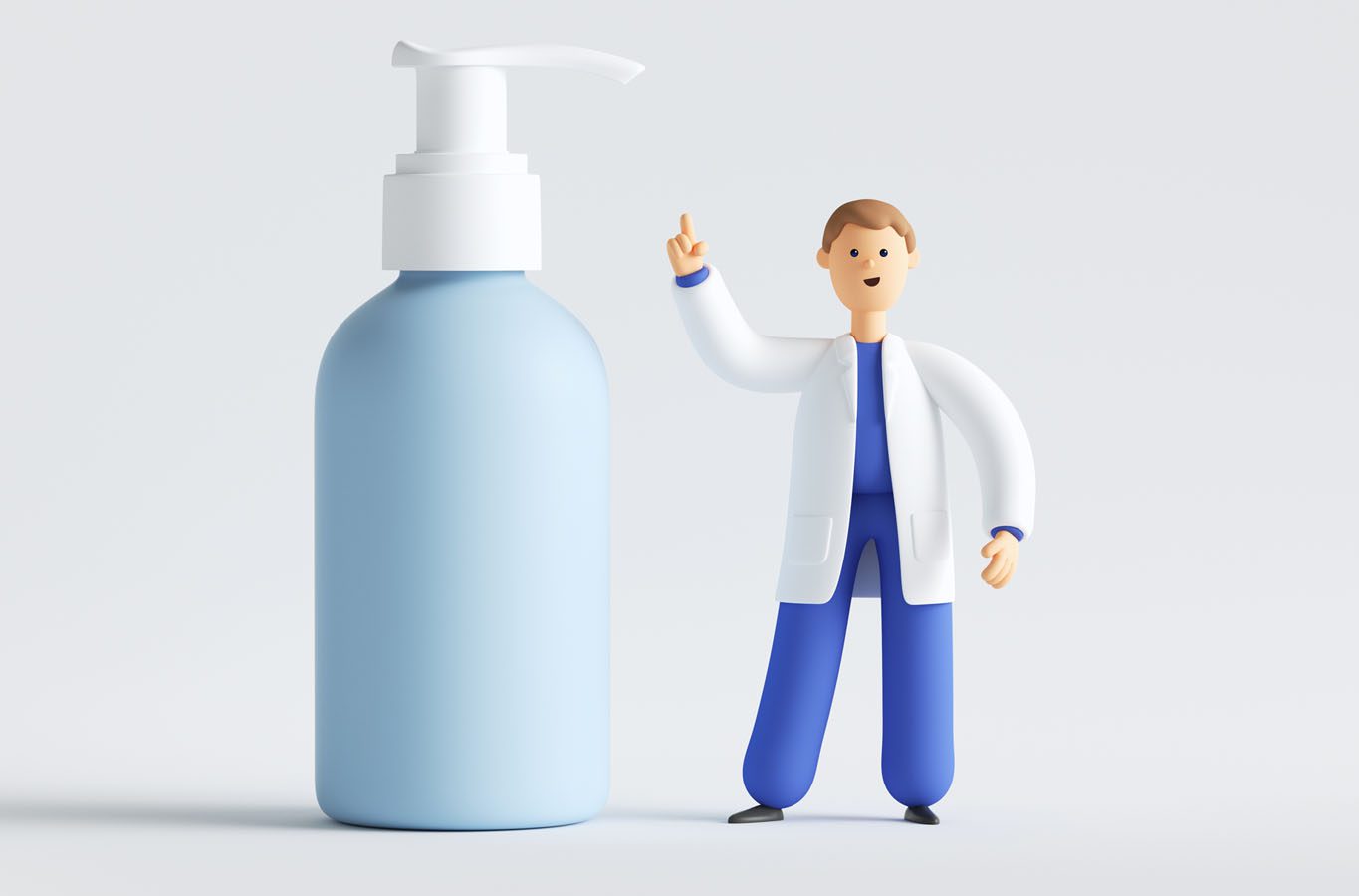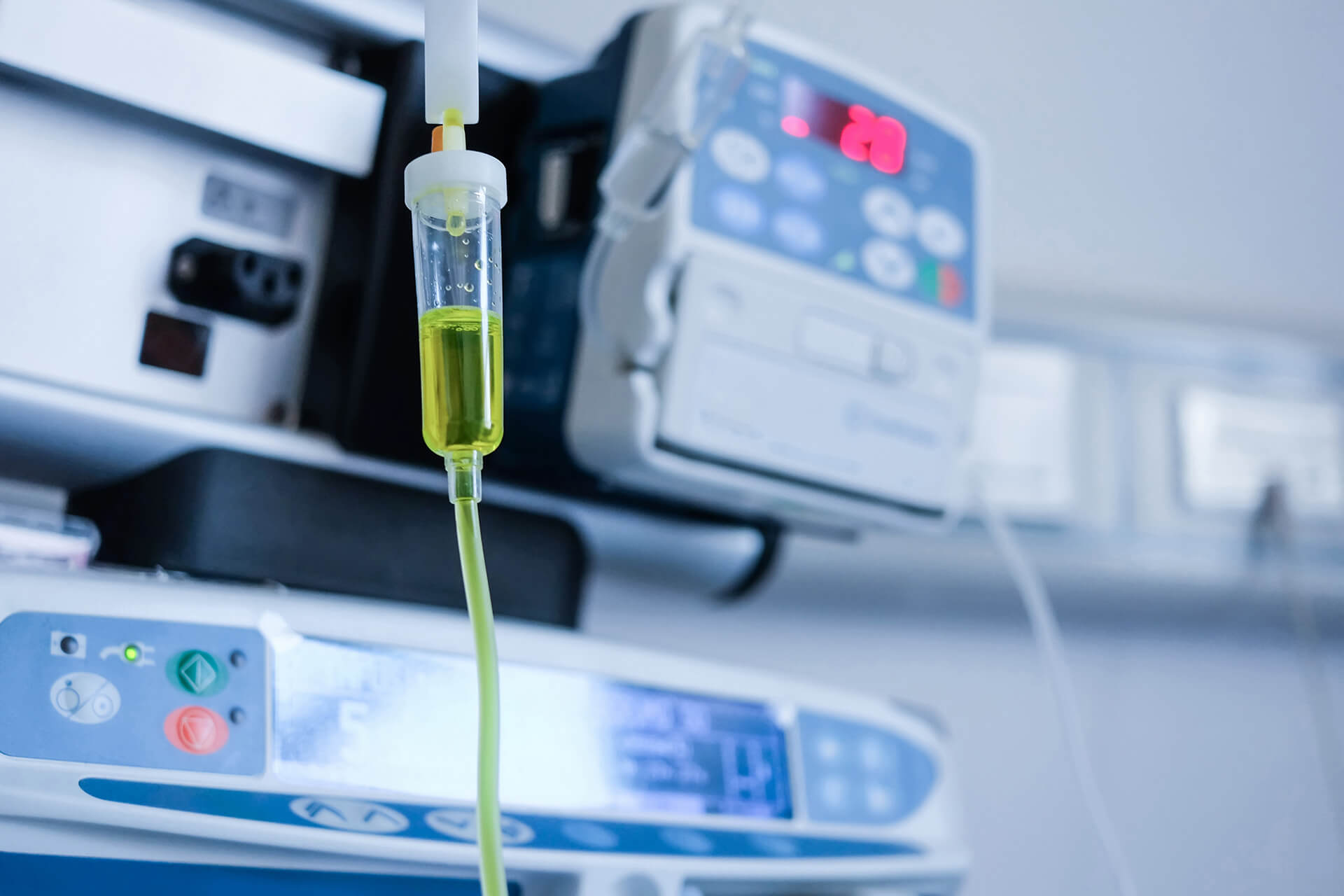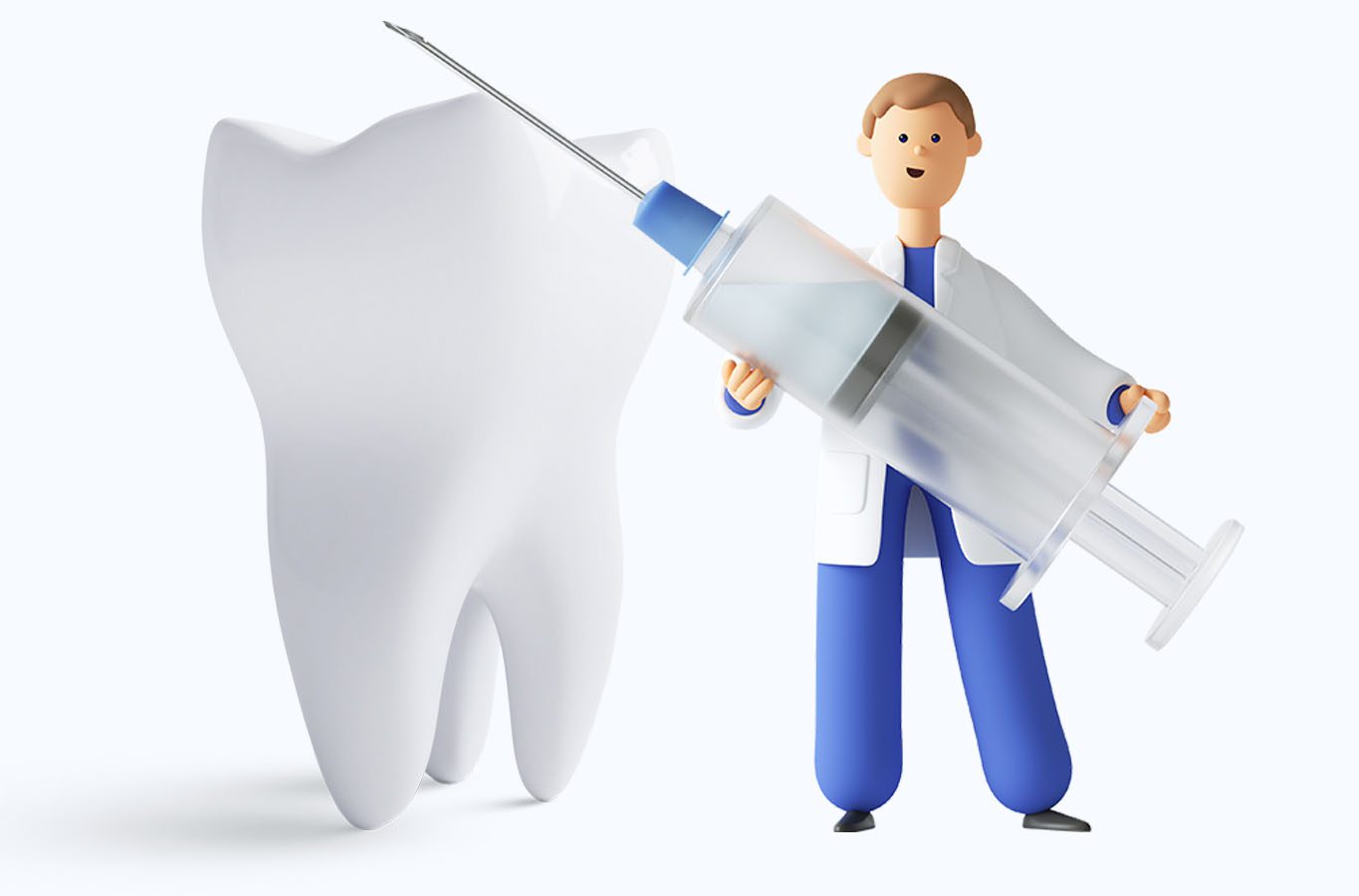Birthmarks are common skin discolorations that can appear at birth or shortly thereafter. These marks come in various colors, sizes, and shapes. While most birthmarks are benign, some may indicate an underlying health condition. Many individuals opt to remove birthmarks for cosmetic reasons.
Causes of Birthmarks
The precise cause of birthmarks is not fully understood. Contrary to popular myths, they are not caused by pregnant women ignoring food cravings. However, some birthmarks are hereditary and, in rare instances, result from genetic mutations. For example, port-wine stains can be associated with conditions like Klippel-Trenaunay syndrome or Sturge-Weber syndrome, both linked to genetic mutations.
Types of Birthmarks
Birthmarks are generally classified into two categories: vascular and pigmented.
Vascular Birthmarks
These arise from clusters of blood vessels that are either too wide or too numerous.
- Salmon Patches: Light red or pink marks, often found between the eyes or on the neck. These are the most common type of vascular birthmark and usually fade over time without treatment.
- Hemangiomas: Pink, red, or blue marks, commonly located on the head and neck. These can grow rapidly in the first year of life but often shrink and disappear by age 10. However, some may require treatment if they cause complications.
- Port-Wine Stains: Dark red or purple marks that can appear anywhere on the body. These marks do not fade over time and may require treatment if located on the eyelid or face, as they can darken and develop a rough texture over time.
Pigmented Birthmarks
These occur due to an overgrowth of pigment cells in a specific area.
- Moles (Congenital Nevi): These can vary in color and are typically round. They can be flat or slightly raised, and changes in moles over time can be linked to skin cancer. Monitoring moles for changes in size, shape, or color is crucial for early detection of potential issues.
- Becker Nevus: Darker patches of skin, usually on the shoulder or upper back, often with coarse or longer hairs. This type of birthmark is more common in males and typically appears during adolescence.
- Café au Lait Spots: Light brown to dark brown spots that can appear from birth through childhood. Multiple spots can be a sign of neurofibromatosis, a genetic disorder that causes tumors to form on nerve tissue.
- Mongolian Blue Spots: Flat, bluish-gray marks common in people with darker skin, typically located on the lower back or buttocks. These spots are harmless and usually fade by school age.
Treatment Options
Treating birthmarks depends on their type, location, and the potential for complications. Here are some common treatment methods:
Laser Therapy
Laser therapy is effective for removing port-wine stains and lightening Becker nevus. This treatment uses focused light to break down the blood vessels or pigment cells causing the birthmark. Multiple sessions are usually needed for optimal results.
Surgery
Surgical removal is suitable for raised birthmarks like large moles. This involves cutting out the birthmark under local anesthesia. Large areas may require multiple sessions. Surgery can provide a definitive solution, especially for moles that have a risk of turning cancerous.
Beta-Blockers
Beta-blockers, such as propranolol, are oral medications that help reduce the size and appearance of hemangiomas by lowering blood pressure and shrinking blood vessels. This treatment is particularly effective in infants.
Corticosteroids
Corticosteroids are anti-inflammatory drugs that can be injected or taken orally to shrink vascular birthmarks. These are often used when hemangiomas are causing complications or are not responding to other treatments.
When to See a Doctor
It’s important to monitor birthmarks for any changes in size, color, or elevation. Consult a doctor if you notice any of the following:
- Rapid growth or changes in a birthmark’s appearance
- Itching, pain, or bleeding
- Birthmarks located near sensitive areas like the eyes or mouth
- Multiple café au lait spots or other signs suggesting an underlying condition like neurofibromatosis
Early consultation can prevent potential complications and ensure timely intervention if necessary.
Birthmark Removal Results
Birthmark removal techniques generally offer permanent results as the treated cells do not regrow. The number of treatments needed and the effectiveness of removal or lightening depend on the method used:
- Surgery tends to provide definitive removal, particularly for moles and other raised birthmarks.
- Laser therapy might leave a faint mark but significantly reduces the birthmark’s visibility.
- Beta-blockers and corticosteroids can effectively shrink certain types of birthmarks, though they may not completely remove them.
Birthmark Removal Treatment FAQs
- Is birthmark removal painful?
- Laser therapy involves minimal pain, whereas surgical removal might be slightly more painful but manageable with local anesthesia.
- When should a birthmark be removed?
- Removal is typically a personal choice based on cosmetic concerns, though birthmarks that change in appearance should be evaluated by a doctor.
- Can brown birthmarks be removed?
- Yes, but the treatment method varies based on the birthmark’s size and location. Laser therapy and surgery are common options.
- How long does birthmark removal take?
- Non-surgical methods like laser therapy or medication require multiple sessions over weeks, while surgical removal can take less than an hour.
- Can birthmarks be cancerous?
- Most birthmarks pose little to no cancer risk. However, some types, like giant congenital melanocytic nevi, can develop into melanoma.
Additional Considerations
For parents concerned about their child’s birthmarks, regular pediatric check-ups can help monitor any changes and address any potential health issues early. Adults should also keep an eye on their birthmarks and seek medical advice if they notice any concerning changes.
Schedule a Consultation
For effective and safe birthmark removal, consult a skilled dermatologist. At Dr. Faiez Ghanam Dermatology, Cosmetic & Laser Center, we offer specialized treatment options tailored to your needs. Our team of experts is equipped with the latest technology to ensure the best outcomes.
Contact us today to schedule a consultation and explore the best approach for your birthmark removal. We are committed to helping you achieve clear, healthy skin.








